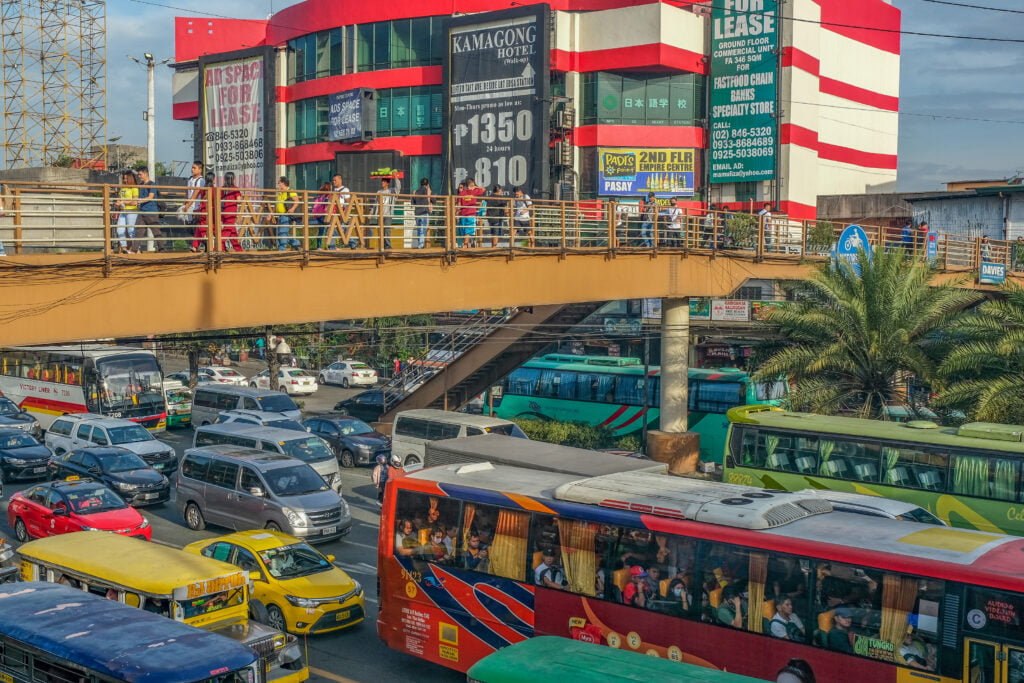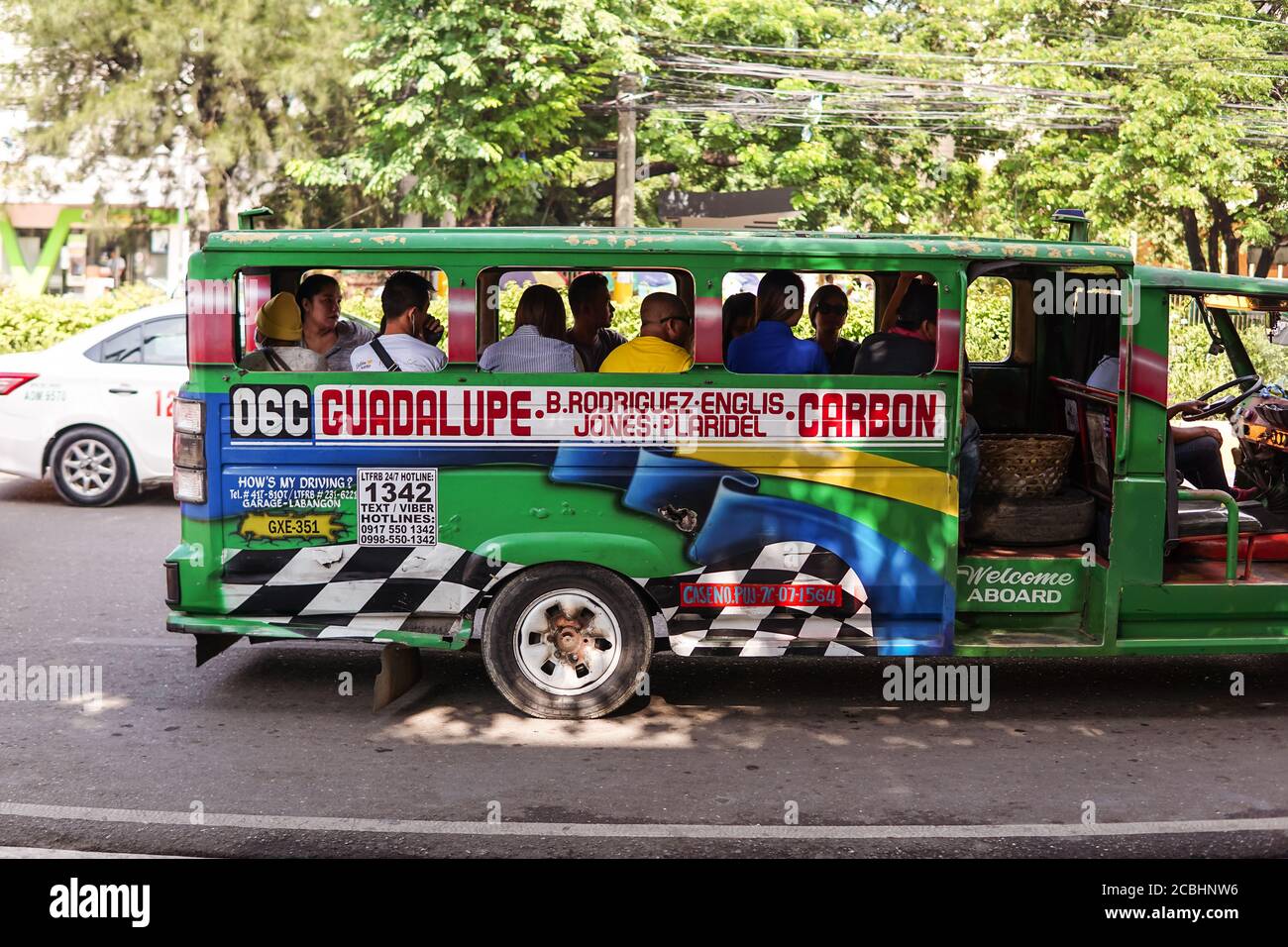Make Best Use Of Exposure with Transit Advertising Philippines
Make Best Use Of Exposure with Transit Advertising Philippines
Blog Article
Exploring the Influence and Performance of Transit Advertising in Urban Marketing Methods
Transit marketing has become a substantial element of city marketing strategies, maximizing the one-of-a-kind characteristics of mass transit environments. Its capability to reach a wide and diverse audience presents brands with an opportunity to create significant connections through consistent visibility. However, with the quick evolution of modern technology and moving consumer habits, the landscape of transit advertising is undertaking noteworthy adjustments that warrant closer exam. What effects do these trends hold for marketing professionals seeking to harness the full possibility of this tool?
The Surge of Transportation Advertising And Marketing
As city populations remain to swell, the demand for ingenious advertising and marketing remedies has brought about the increase of transportation advertising and marketing as a critical component of metropolitan advertising and marketing strategies. This form of advertising and marketing leverages mass transit systems-- such as trains, trains, and buses-- to get to a diverse audience in densely inhabited locations. The efficiency of transportation advertising and marketing depends on its capability to engage consumers throughout their day-to-day commutes, a typically overlooked yet essential time for brand messaging.
With cities ending up being progressively congested, typical advertising spaces are coming to be scarce and much less effective. Transit advertising supplies a vibrant option, making it possible for brand names to display their messages in high-traffic locations where prospective clients are constantly subjected to the advertisements. In addition, as urban residents significantly rely upon mass transit, the relevance and exposure of transportation advertising have actually expanded dramatically.
Furthermore, technical advancements have actually improved the sophistication of transit advertising, permitting digital display screens and interactive campaigns that can catch customer attention much more properly than static advertisements. Therefore, transportation advertising and marketing is not just a cost-effective choice but also an essential approach for brand names looking for to get in touch with city consumers in a memorable and impactful way.
Trick Advantages of Transportation Advertising And Marketing
The efficiency of transit advertising and marketing is underscored by its complex benefits, making it a vital tool for urban marketing experts. One of the key benefits is its comprehensive reach; transit systems offer millions of passengers daily, allowing brands to attach with a diverse target market in high-traffic environments. This presence enhances brand name awareness, ensuring that ads are seen repeatedly by travelers.

Furthermore, transportation marketing is cost-effective compared to other media, offering a lower price per perception while maintaining high presence. The adaptability of advertisement formats, from bus wraps to electronic display screens, permits impactful and imaginative campaigns that can adapt to transforming market demands.
Consumer Behavior Insights
A considerable section of customer actions is influenced by the prevalent nature of transportation advertising and marketing in metropolitan settings. This type of advertising catches the attention of diverse demographics, involving customers during their day-to-day commutes.
Study shows that transportation advertising can evoke psychological reactions, resulting in boosted brand name fondness. Consumers often link the experience of travelling with particular brands, producing a lasting impact that affects purchasing choices. Furthermore, the regularity of exposure to transportation advertisements fosters knowledge, see this here which is a critical variable in customer count on and loyalty.

In addition, the common facet of mass transit adds to this phenomenon; as people share rooms, they are more probable to talk about and advise brands they run into. Therefore, transportation advertising not just reaches customers yet also boosts social interactions that strengthen brand messaging. Recognizing these behavioral insights allows marketers to customize their techniques effectively, guaranteeing that their campaigns reverberate with target audiences in the city landscape.
Study and Success Stories
Effective implementation of transit marketing techniques is exhibited with various instance research studies that highlight its performance in metropolitan advertising and marketing. One significant instance is the partnership in between a preferred beverage firm and a major city's public transit system. The campaign used bus wraps and indoor posters, resulting in a 30% rise in brand acknowledgment and a 15% rise in sales within the target group over three months.
An additional successful case entailed a regional restaurant chain that used train terminal marketing to attract travelers. By developing aesthetically striking ads that used timed promos, the dining establishment experienced an uptick in foot website traffic, with an excellent 25% boost in lunch hour customers.
Moreover, a city's tourist board launched a transit project showcasing neighborhood attractions through bus stop screens and train ads. The effort resulted in a substantial increase in tourist gos to, as reported by a 40% boost in queries at visitor facilities.
These study highlight the versatility and capacity of transit advertising and marketing to engage city audiences successfully, showing that strategic placements can generate substantial returns on financial investment and improve brand visibility in dynamic city environments. - Transit Advertising Philippines
Future Patterns en route Advertising
As metropolitan landscapes remain to progress, so too does the realm of transit advertising and marketing, which is positioned to accept innovative innovations and techniques. One considerable pattern is the combination of digital advertising and marketing screens right into public transportation systems. These dynamic screens enable real-time updates and targeted content, enhancing audience engagement. Moreover, the adoption of programmatic marketing is expected to obtain momentum, allowing advertisers to take advantage of data analytics for more exact target market targeting based on time, place, and demographic insights.
Another arising pattern is using enhanced reality (AR) and online fact (VR) experiences within transportation marketing. These immersive modern technologies can astound commuters, changing ordinary trips into interactive brand experiences. Furthermore, sustainability is ending up being progressively vital; green advertising materials and techniques are most likely to get traction, reflecting the expanding customer need for corporate social duty.
Last but not least, the increase of mobile connectivity will promote better combination in between transit advertising and individual tools. Advertisers can produce seamless cross-channel experiences, permitting prompt communication and engagement with possible clients. Collectively, these trends show a transformative future for transportation advertising, using brand-new avenues for brands to link with metropolitan target markets.
Conclusion
Transportation advertising has established itself as a significant element of metropolitan advertising and marketing methods, showing considerable performance via improved brand name visibility and consumer involvement. The ability to adapt messages to certain demographics, combined with the cutting-edge use innovation, settings transit advertising and marketing as a driving force in modern marketing (Transit Advertising Philippines). As metropolitan atmospheres continue to advance, the future of transit advertising and marketing promises further advancements, ensuring its importance and impact fit customer perceptions and behaviors in city landscapes
As urban populations continue to swell, the need for cutting-edge advertising and marketing remedies has led to the increase of transportation marketing as a critical part of city marketing techniques.A substantial portion of consumer habits is influenced by the prevalent nature of transit advertising in city settings. Collectively, these patterns suggest a transformative future for transportation advertising, offering new methods for brands to connect with urban target look here markets.
Transit marketing has actually developed itself as a significant element of city advertising techniques, showing substantial performance web with improved brand visibility and consumer involvement. As urban atmospheres proceed to develop, the future of transportation advertising promises more advancements, ensuring its importance and impact in shaping customer understandings and behaviors in urban landscapes.
Report this page